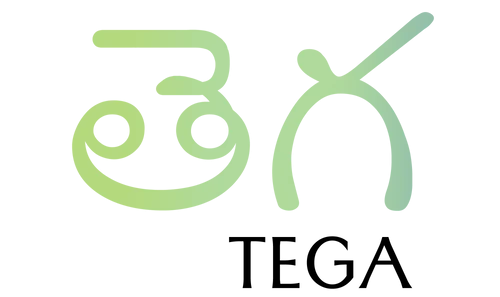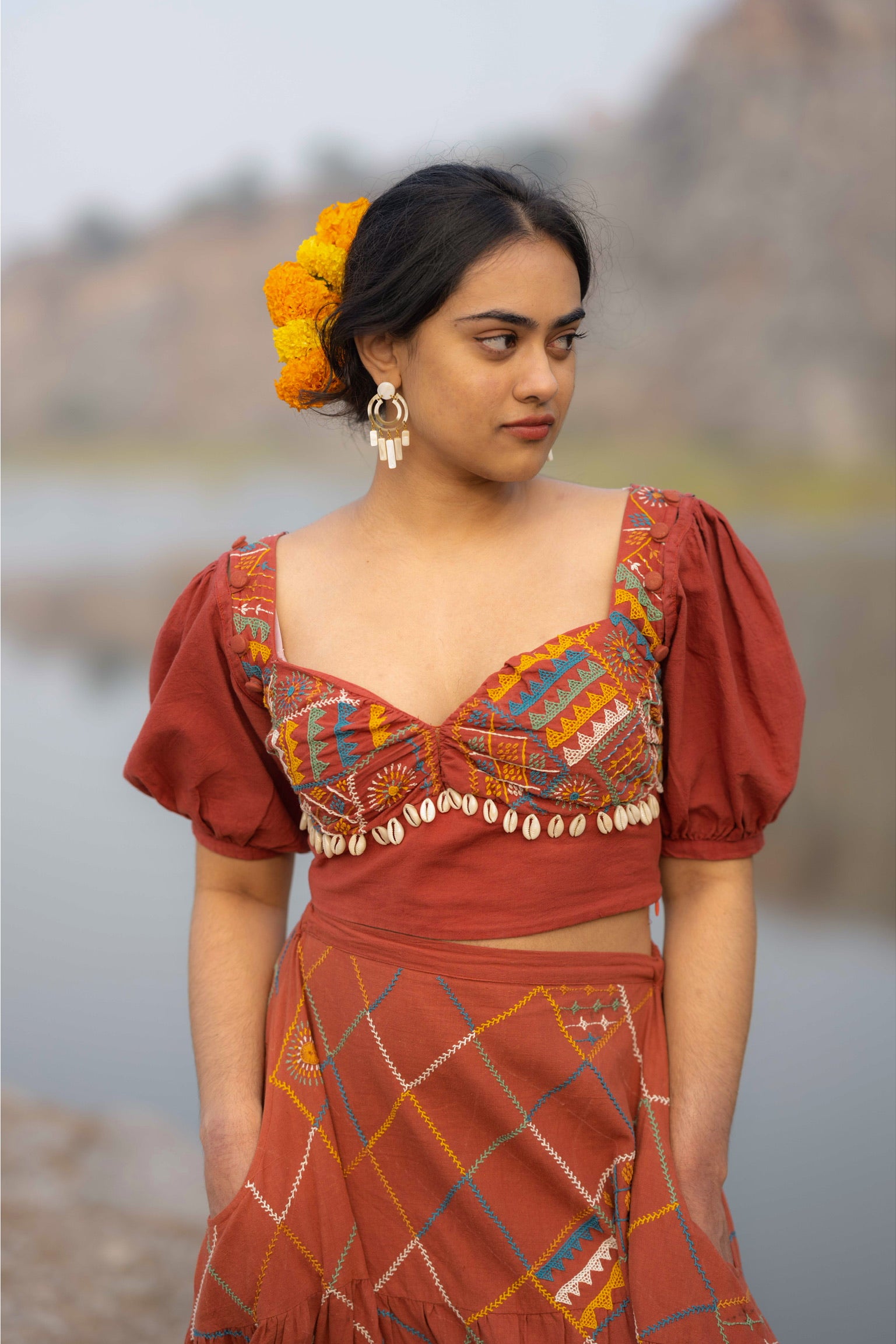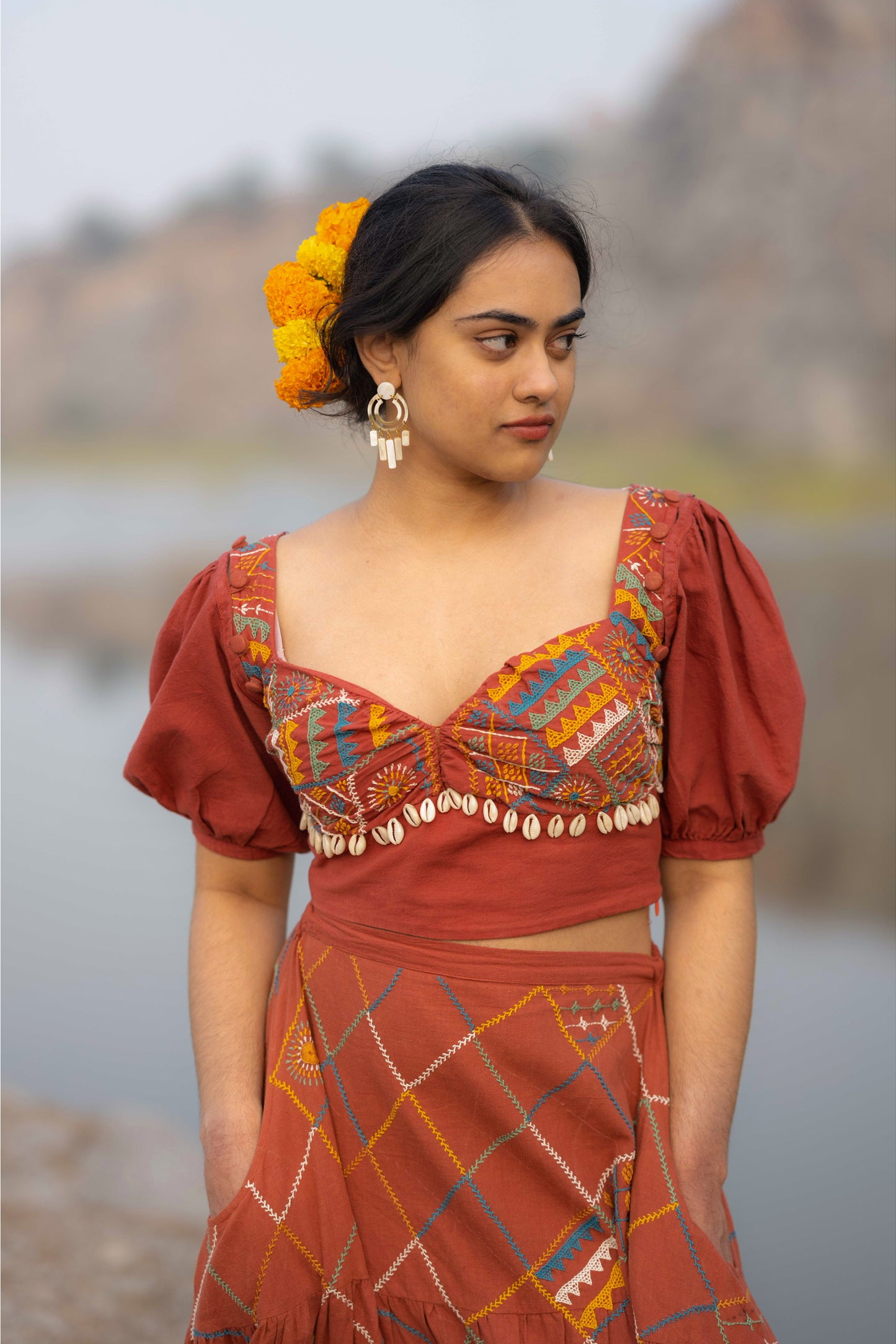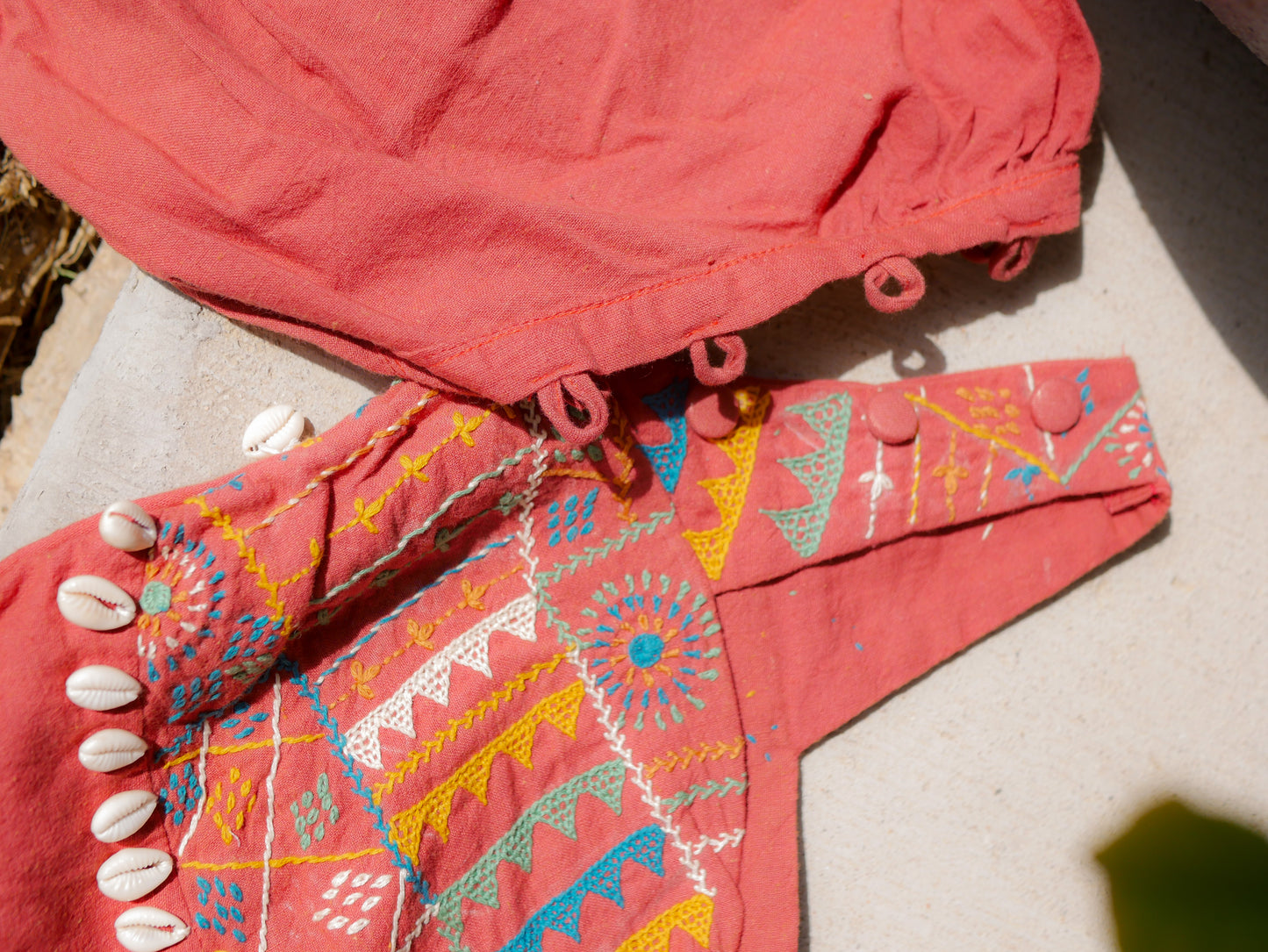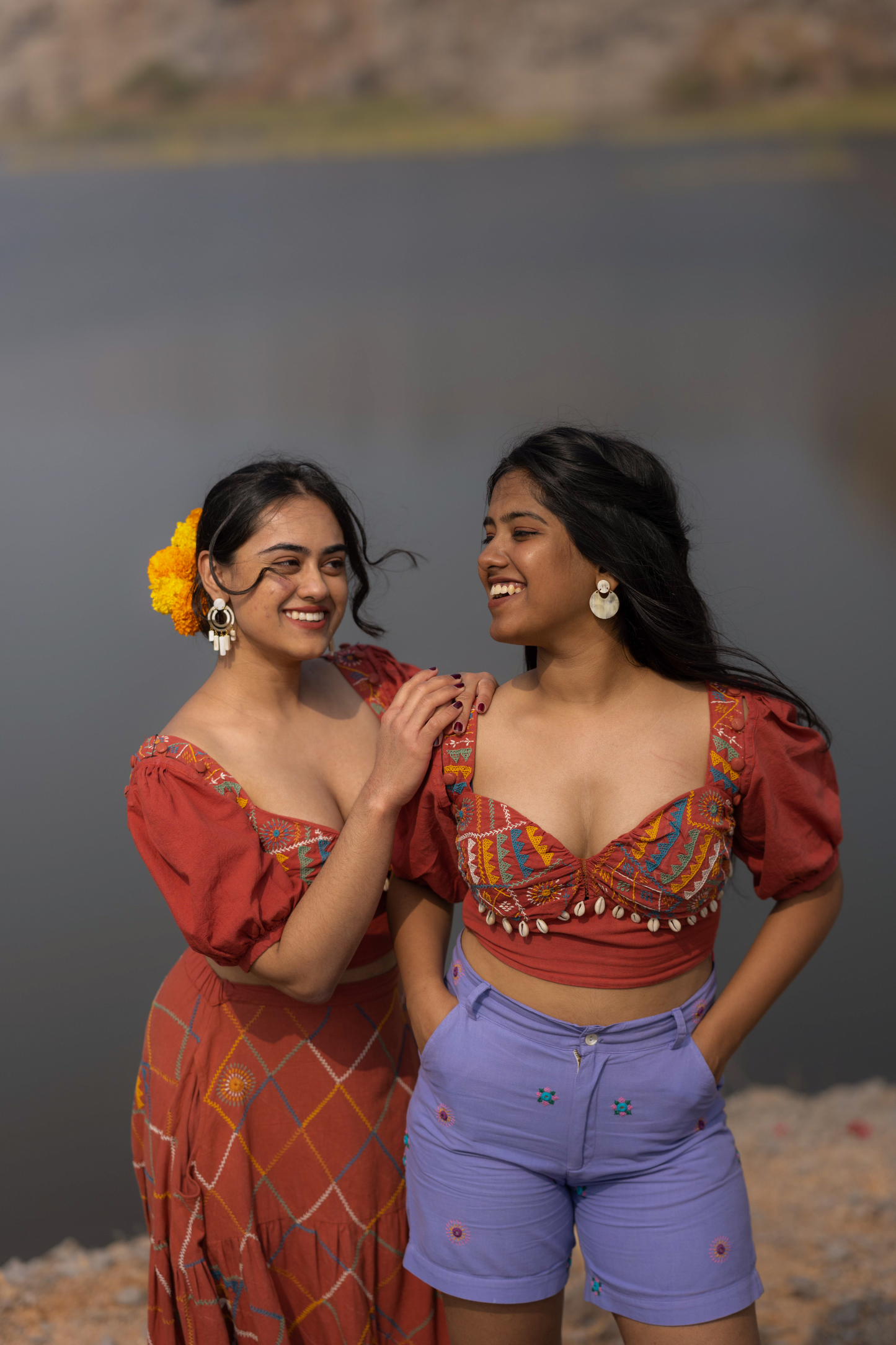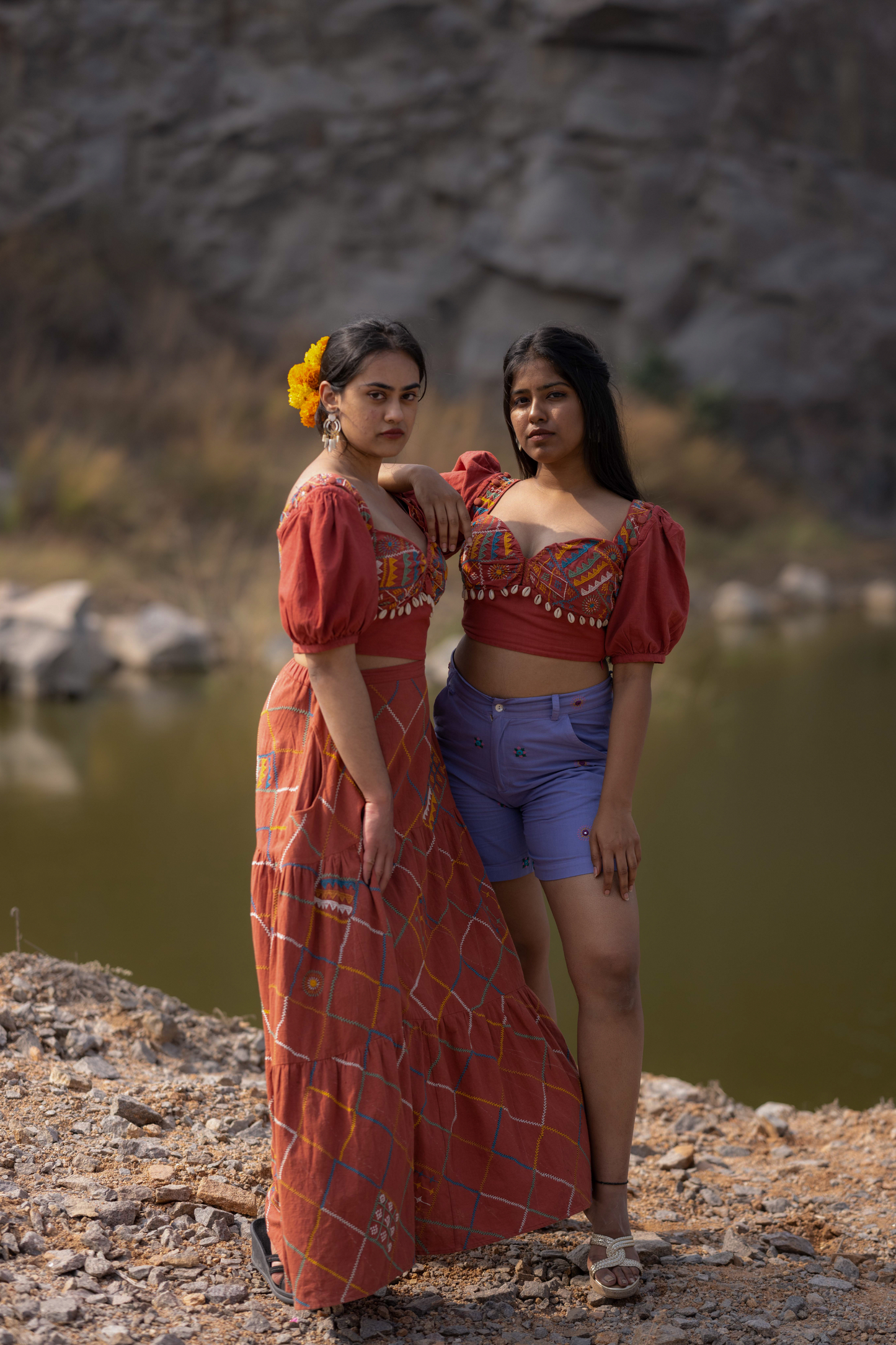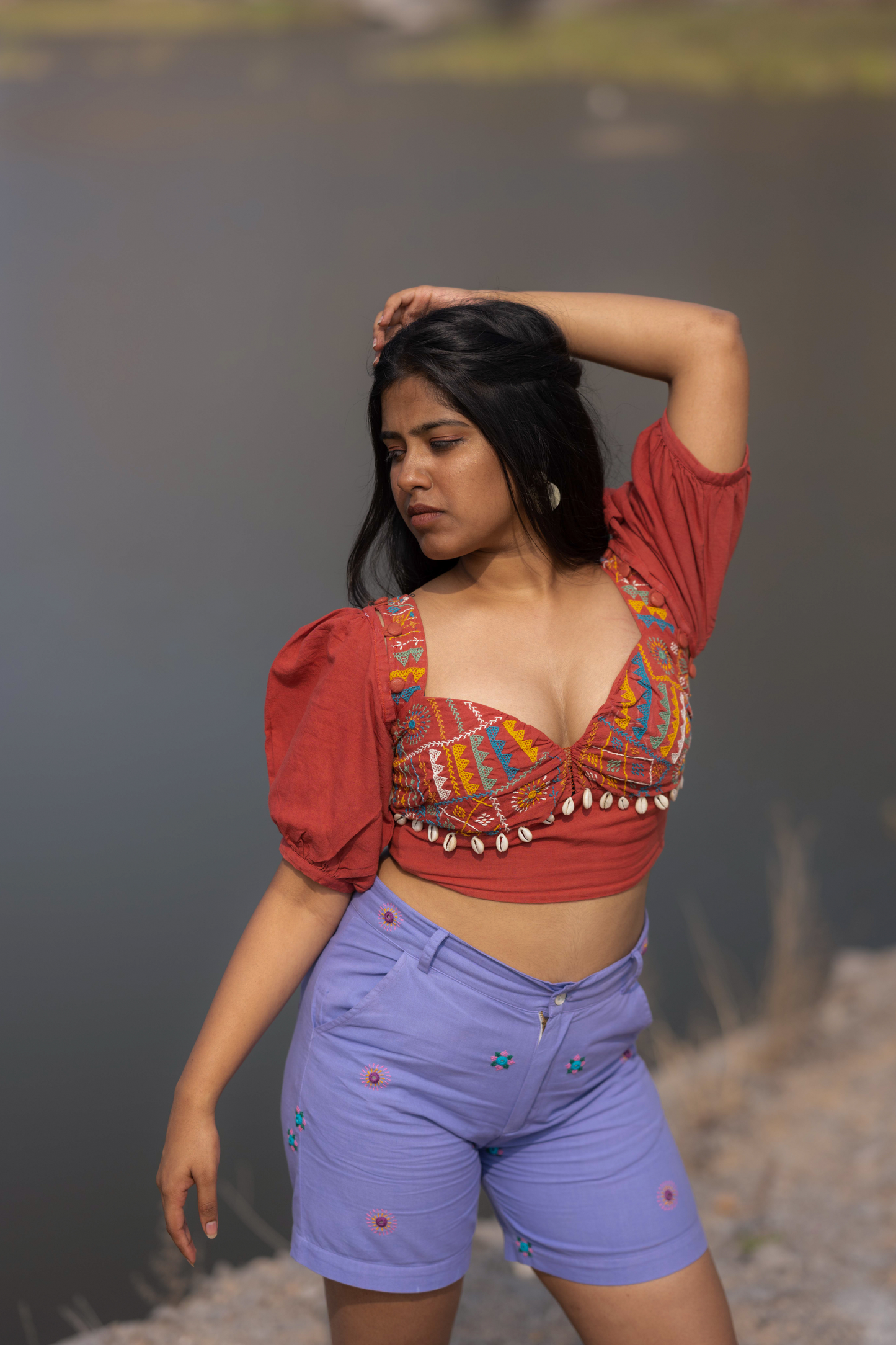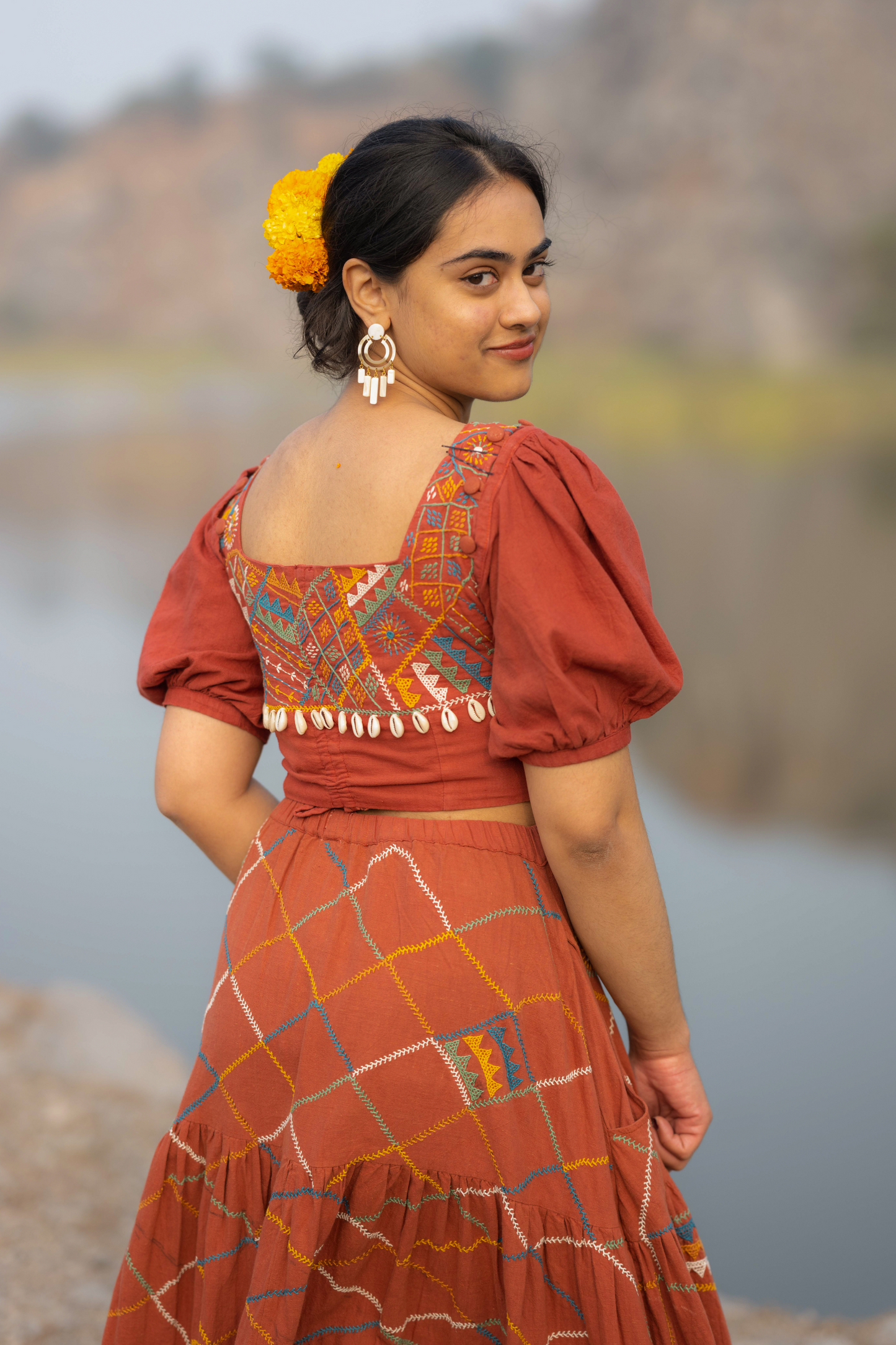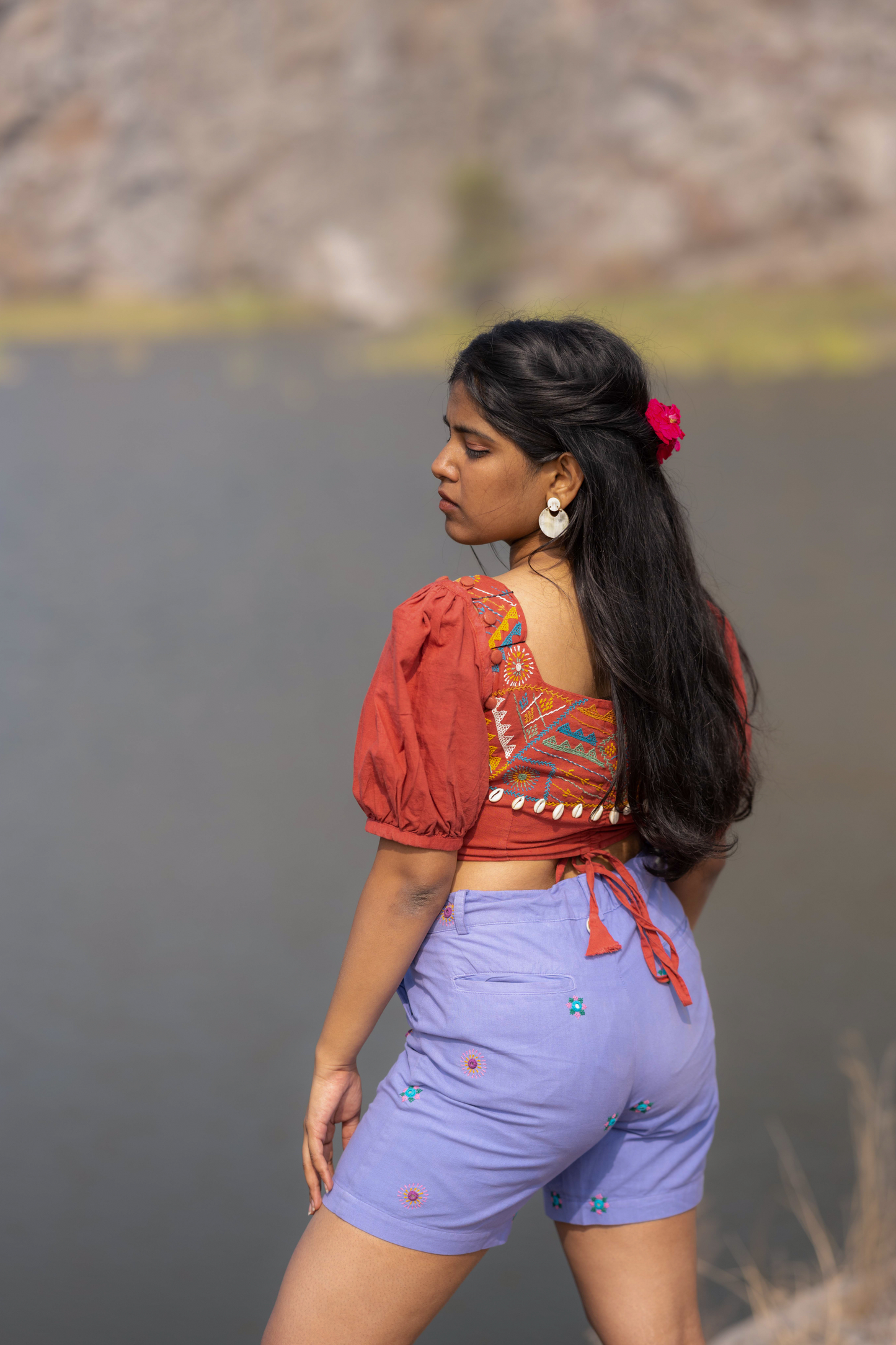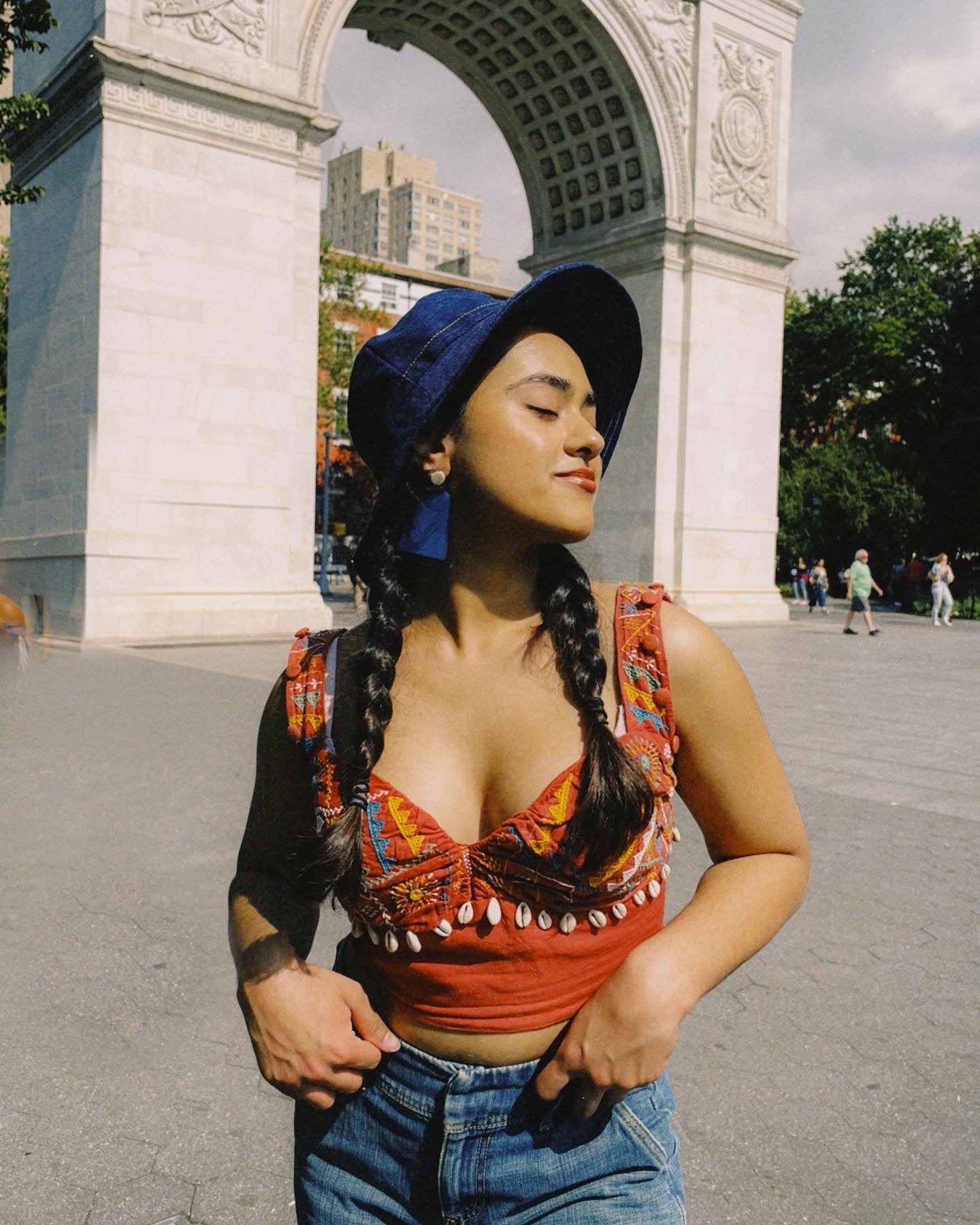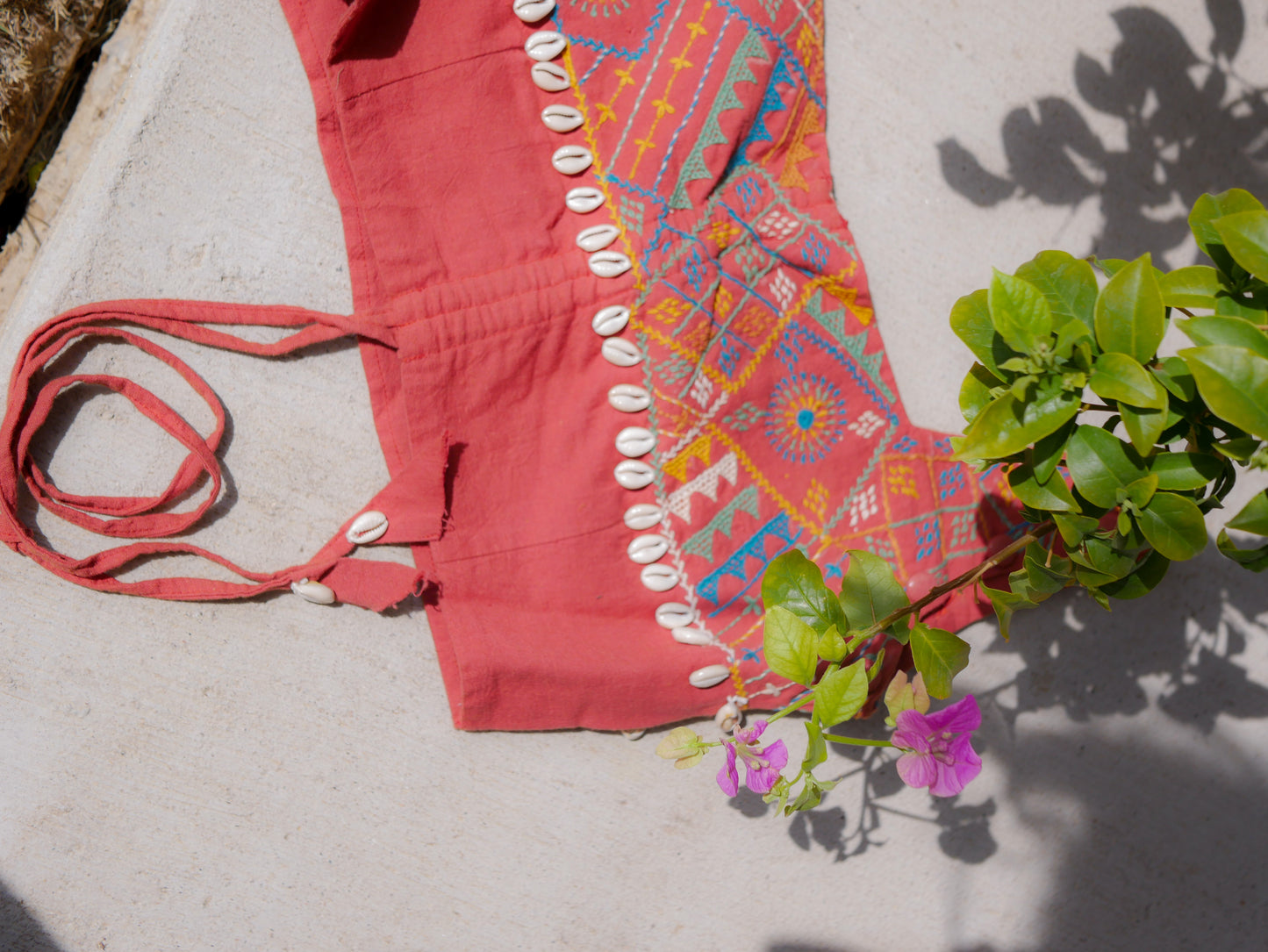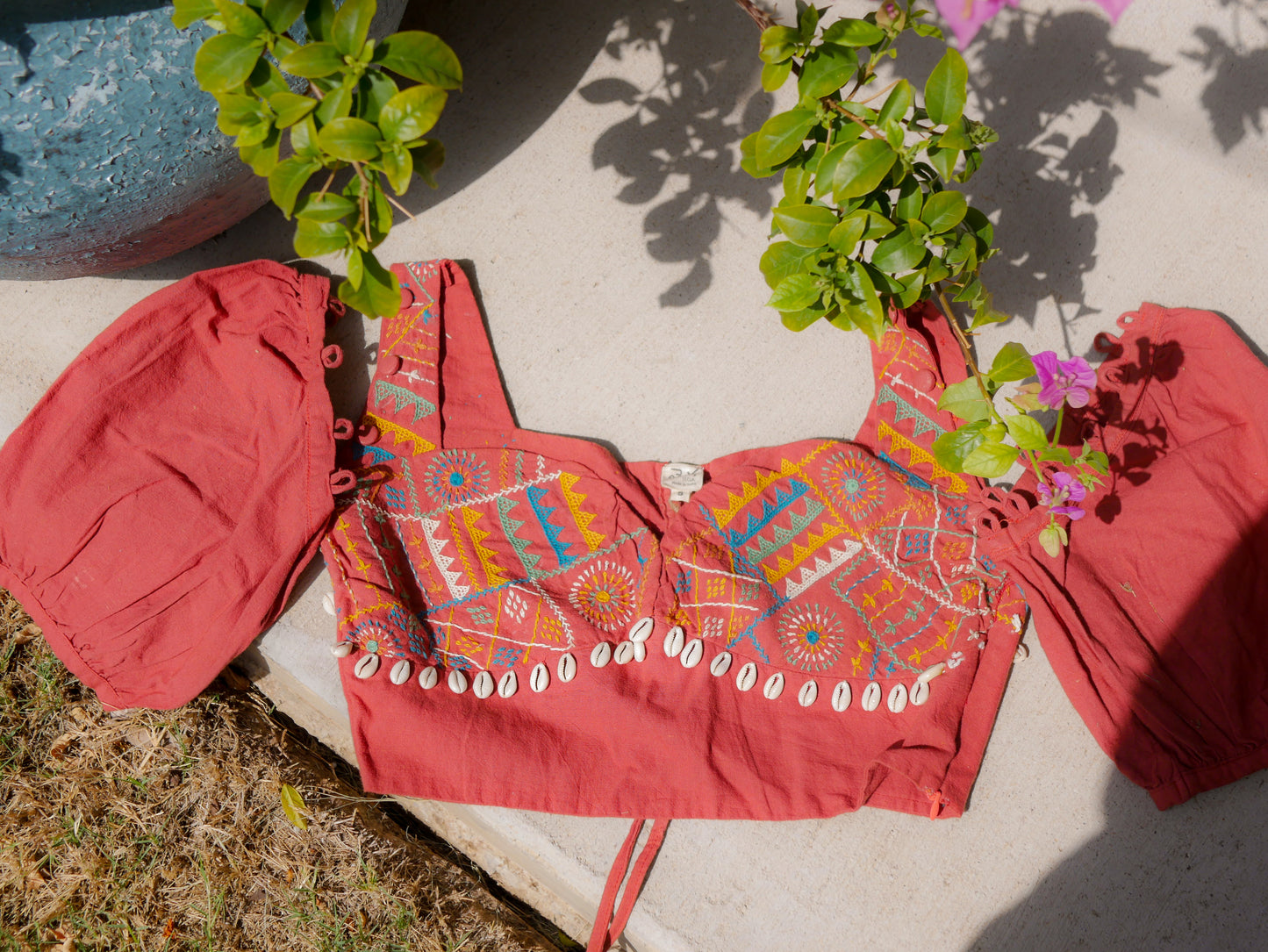By: Theyie Keditsu

No one can say exactly when cowrie shells began adorning the hand woven fabrics of Nagas. Folklore from the many Naga tribes now inhabiting the secluded mountains of the Patkai range of the lower Himalayas remember journeys that brought to where they are today. Journeys across mythical waters where, elders who vaguely recollect tales told to them as children say, cowrie shells were replete on the shores, crunching canoes to a halt, a chorus of clatter left behind by waves. Our ancestors collected these shells as they forged ahead, onward and upward to settle in remote villages atop mountains that turn blue in the afternoon haze. As they became mountain people, the cowrie shell was used ever so sparingly to adorn cloths passed on from one generation to another - a palpable reminder that they were once seafaring people.
The less romantic version of how cowrie shells came to be part of indigenous Naga attire credits our trade with the people of the plains - Assam, Bangladesh and even as far as (then) Calcutta. A few intrepid forefathers are said to have travelled on foot to the plains then by boat up rivers, crossing jungles full of wild animals and villages and cities of different peoples to trade for goods to bring back. The currency? Cowrie shells. There were also coins and such. All these worked their way into indigenous attire in the form of jewellery and adornments on cloth. Because they could afford to spare their wealth and use it as embellishment, these items became a statement of the wearer's wealth and status. It was also a way of hiding one's treasures in plain sight - when the need arose, the owner simply had to remove how much ever shells he or she needed and use it as currency.

While weaving is the select domain of women for all Nagas, amongst the Angami and Chakhesang Nagas, the men were tasked to sew cowrie shells onto kilts woven by women for them on the backstrap or loin loom. These kilts were woven from handspun cotton and dyed black with the bark of the walnut tree. As a man grew in stature, wealth and accomplishments, the community would permit him to add new rows to his kilt. In some case, a row would even signify sexual conquests.
On cloths for women, cowrie shells can signify the wearer's belonging to ruling or powerful clans. On some shawls and body cloths, cowrie shells indicate that the wearer has performed feasts of merit (usually with her husband) or is the daughter or descendent of people who have. Given the high status and profile conferred by these embellishments, it is no wonder that these cloths are prized and saved to be worn on special occasions and festivals. Some are passed down from mother to daughter during marriage or as inheritance after death.

Cowrie shells have long been replaced by other currencies. One can no longer cut them off their garments and pay for goods and services. Yet, their value is as significant, if not more, than currency. For within the intimate curves of these thumb sized shells is cradled, the cultural memory and history of the Naga people.
